
Written by Alec Pain (Alastair Place)
Holgas are the perfect tool for experimentation. Double exposures, intentional camera movement, Holgaramas, using the color flash on the flash models or adding a flash to the top with colors, even making your own splitzer with the lens cap: the possibilities are endless.
I started creating multiple exposures with my Holga by rotating my camera around and around in my hand – settling eventually on a name Holga-roundas, which picked up on the patterns of the buildings I found in the City area of London where a lot of the business skyscrapers are. I used to work in a small building below the Walkie Talkie and was fascinated by them.
I decided to call the series Beautiful City, named after one of my favorite songs by Lloyd Cole and the Commotions.
For these images I used both a Holga 120N and the wider 6×12 Holga 120PAN.

CineStill 400D

Kodak Gold 200
So, What is a Holga-Rounda?
I would define a Holga-rounda by saying the image must have more than two exposures on one frame and that you would have to rotate the Holga camera around in your hands to create shapes or patterns.

CineStill BwXX

Kodak Portra 800
However, two exposures can work:

Kodak Gold 200

Kodak Gold 200
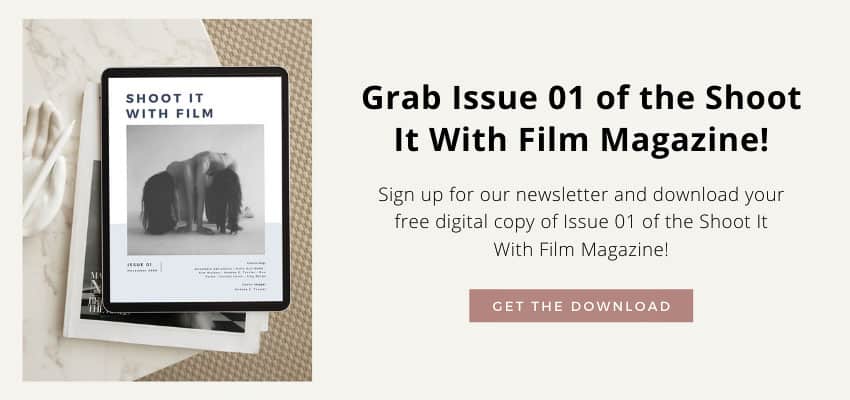
How Do I Take a Holga-Rounda?
I usually create the images by taking four or more exposures on the same shot, turning my camera 45˚ and taking my first shot, then turning the camera 90˚ before taking another shot, then again, then again.
It can get a little disconcerting when your camera is upside down or at 225˚, but it’s more about experimenting and finding out what’s best for you.

Kodak Gold 200
Finding Shapes
The best way to get something visually appealing in a Holga-rounda is to find shapes to contrast against each other.
For example, here the shape of the edges of the shorter darker building really helped contrast that of the Walkie Talkie building:

Ilford HP5
I tried a similar approach in color and almost created a star pattern:

Kodak Portra 400
Lloyd’s building in London also has some lovely shapes that create some beautiful patterns:

Kodak Gold 200
There is of course a bit of trial and error involved. These two, for instance, seem a little lopsided:

Kodak Gold 200

Kodak Gold 200
As you can see the jagged edges of this building in the City really emphasize the patterns, and I go back again and again to it:

Kodak Portra 800

Kodak Portra 800
Which Film Should You Use for Holga-Roundas?
While you can use a variety of different films for Holga-roundas, since you’re shooting so many exposures, it’s probably best to stick to lower ISOs. Try a 100 or 200 ISO film in order not to blow out the highlights in the sky or the lighter parts.
You will see that I’ve also used ISO 800 at times, and I’ve seen a great difference in the light available in different countries. My Holga 120N produces quite dark images, so ISO 800 has always shone more for me than ISO 400 has for some reason when taking everyday shots.

Kodak Gold 200

Related: How to Shoot Holgaramas
Editing Your Images
I am not averse to getting back the detail from the negative through Photoshop – it is what you would do in a darkroom with dodging and burning after all. Ansel Adams’s “You don’t take a photograph, you make it,” comes to mind.
Adding some saturation, contrast grading, and dodging and burning can emphasize those shapes and help bring out a greater visual impact.
I also find that it changes the colors slightly, and, again, it’s up to your personal preference how much you would like to get back from your image or add a little saturation to pack a punch.

Kodak Gold 200
Experimentation is Key
As said, I think it’s important to try things out – and a Holga is the perfect artist’s tool – it will always surprise you – mostly in a good way.
A Holga-rounda is a great way to experiment with a Holga, have some fun with multiple exposures, and see what you can create on film.

Redscale
Thank you so much, Alec! Alec is a regular contributor here at Shoot It With Film, and you can check out more of his work on Instagram.
Leave your questions about Holga-roundas below in the comments! And you pick up a Holga 120N for yourself here on Amazon.
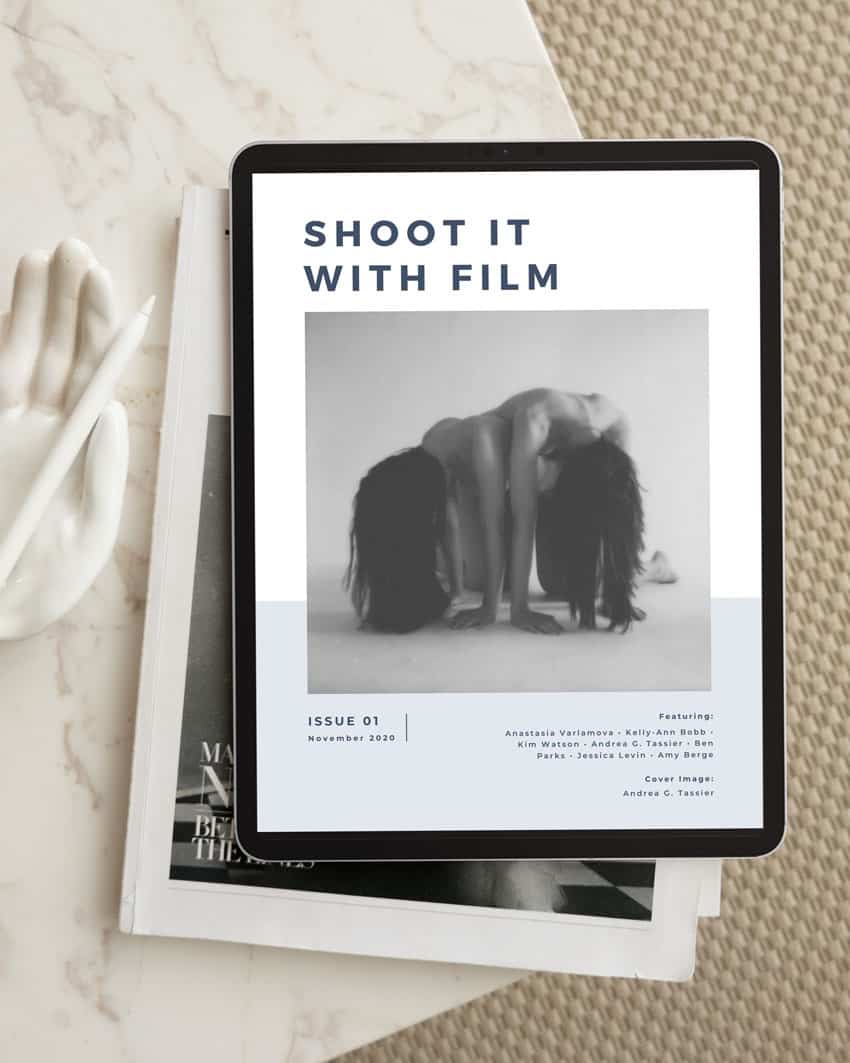

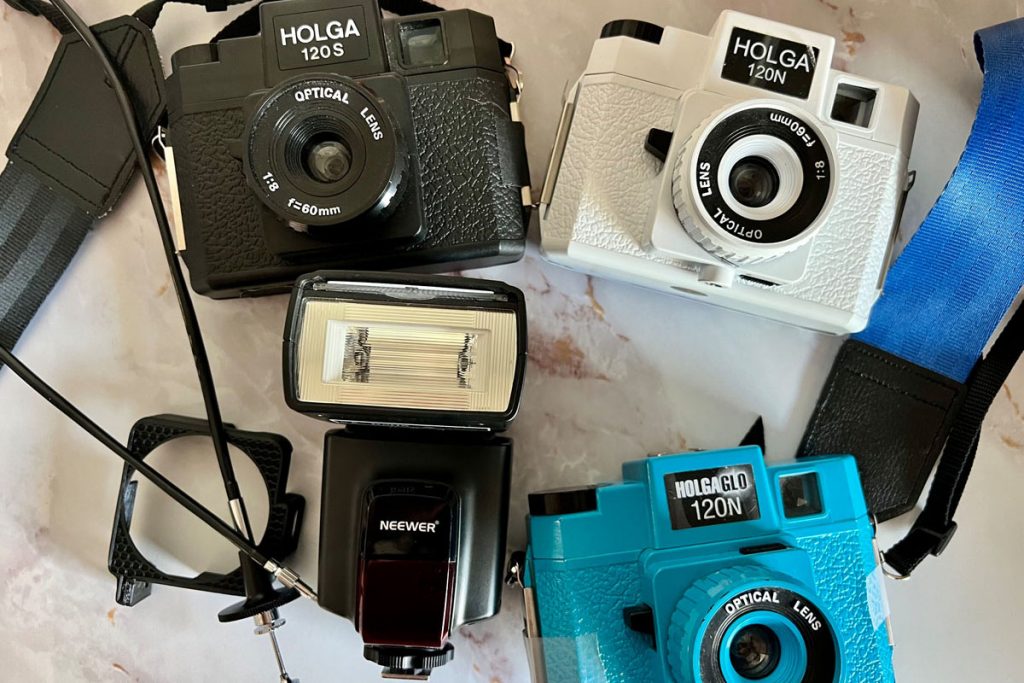
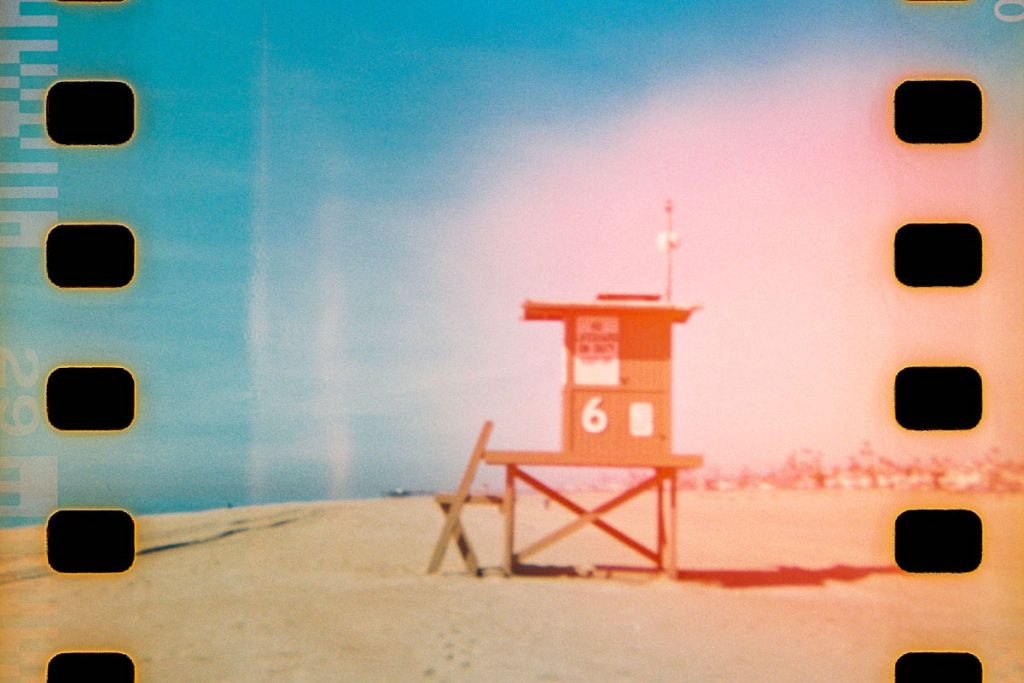

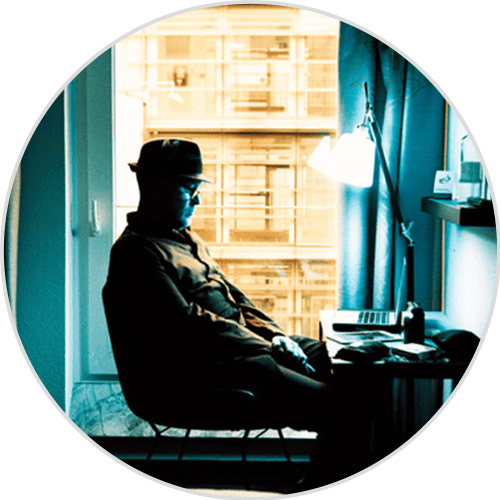


Blog Comments
Brandon Libby
October 28, 2023 at 9:04 pm
These are incredible! They would make for a really immersive gallery printed in huge scale.